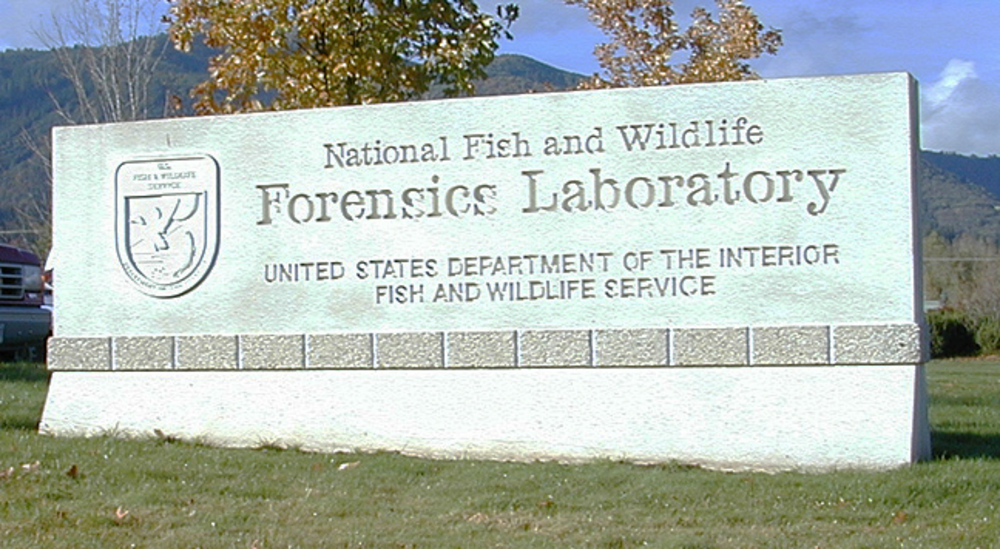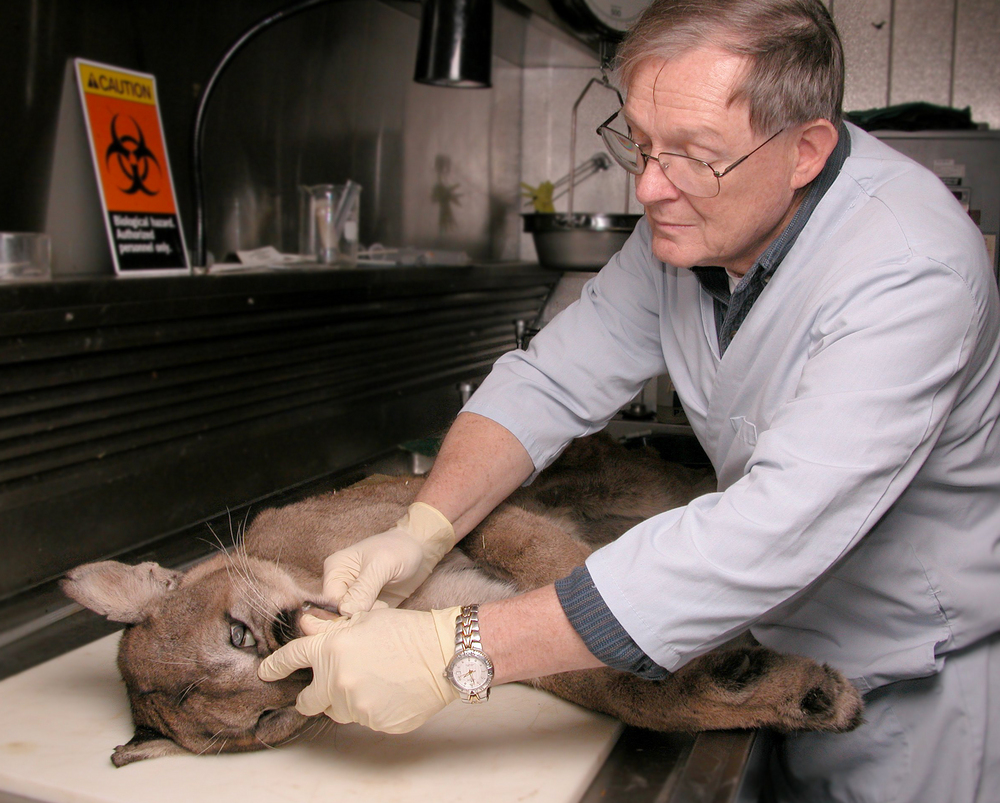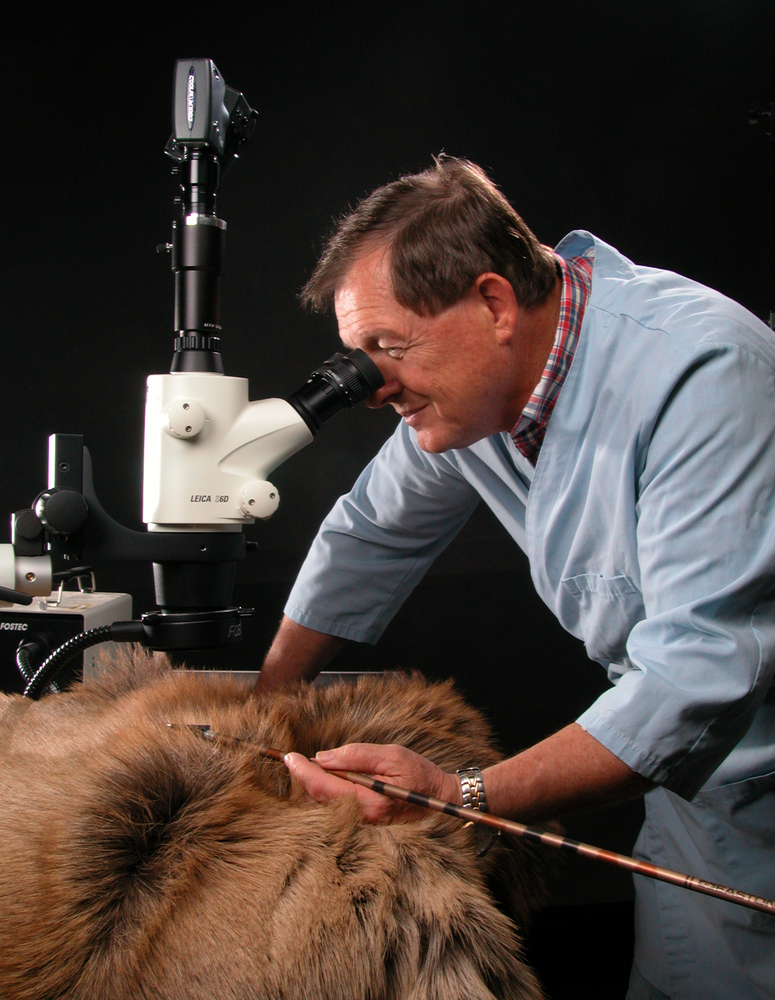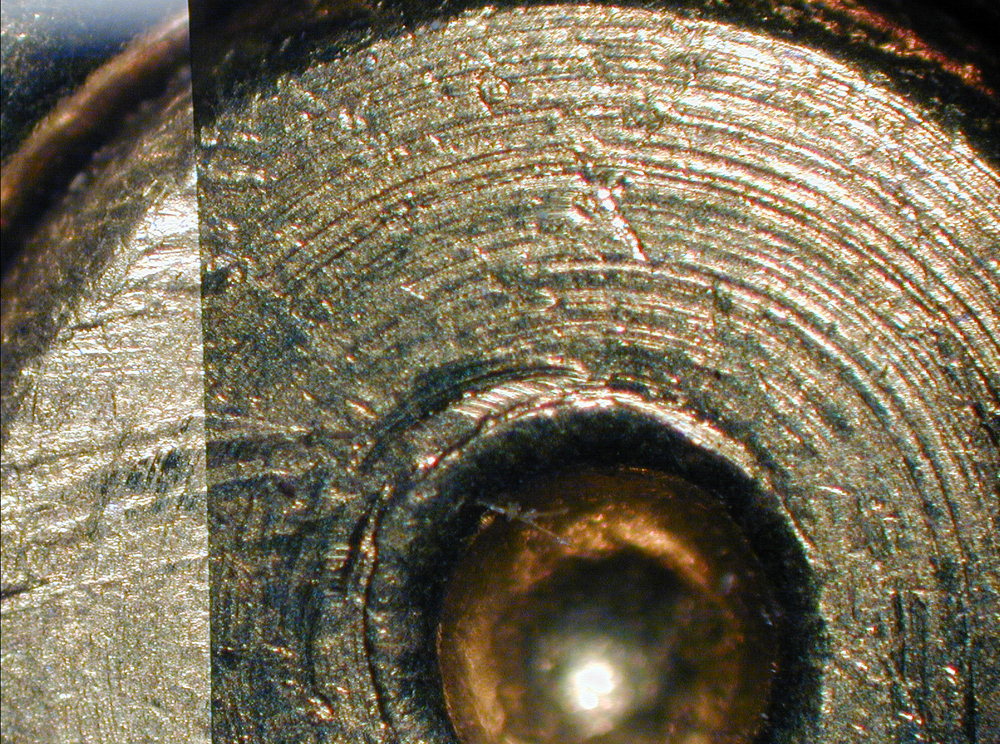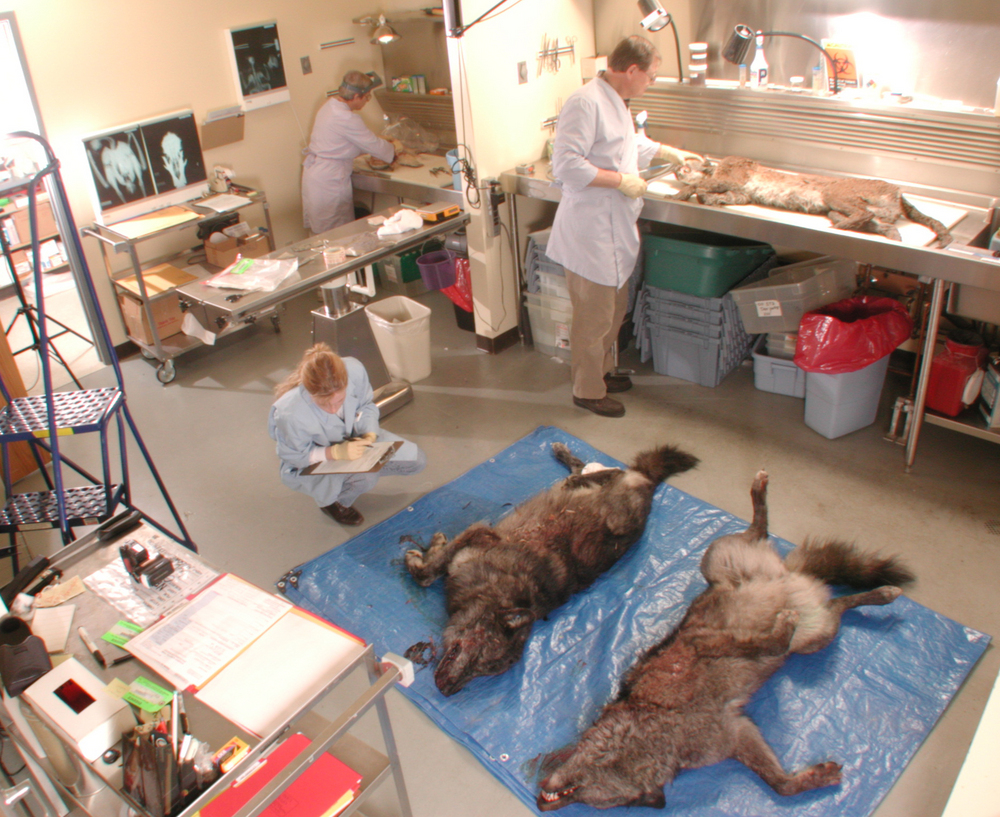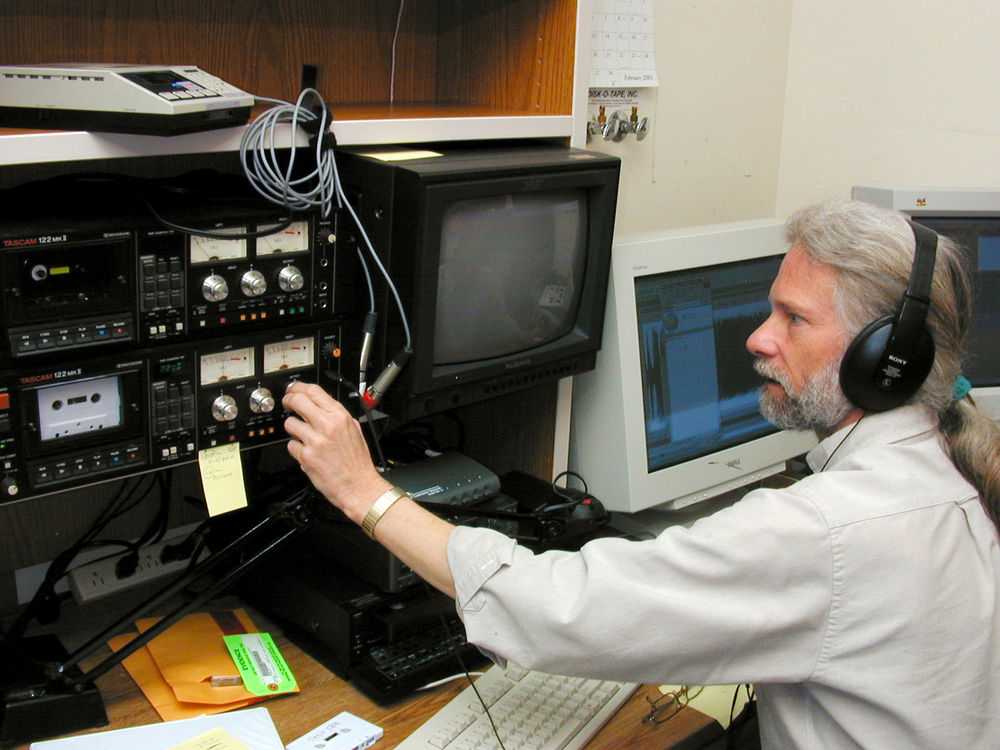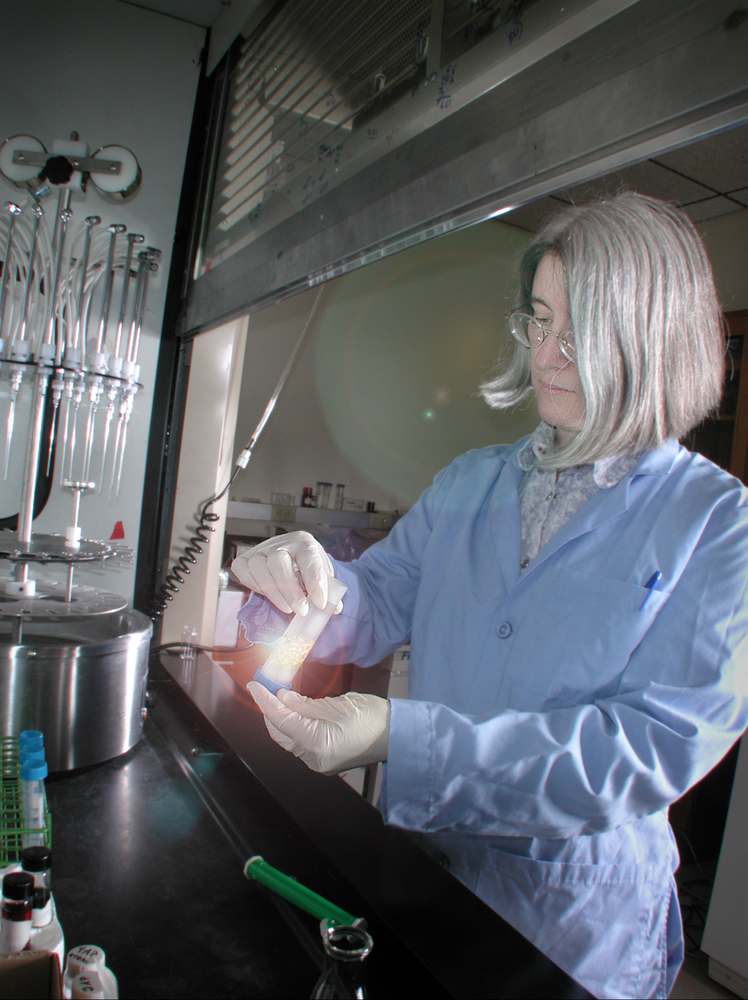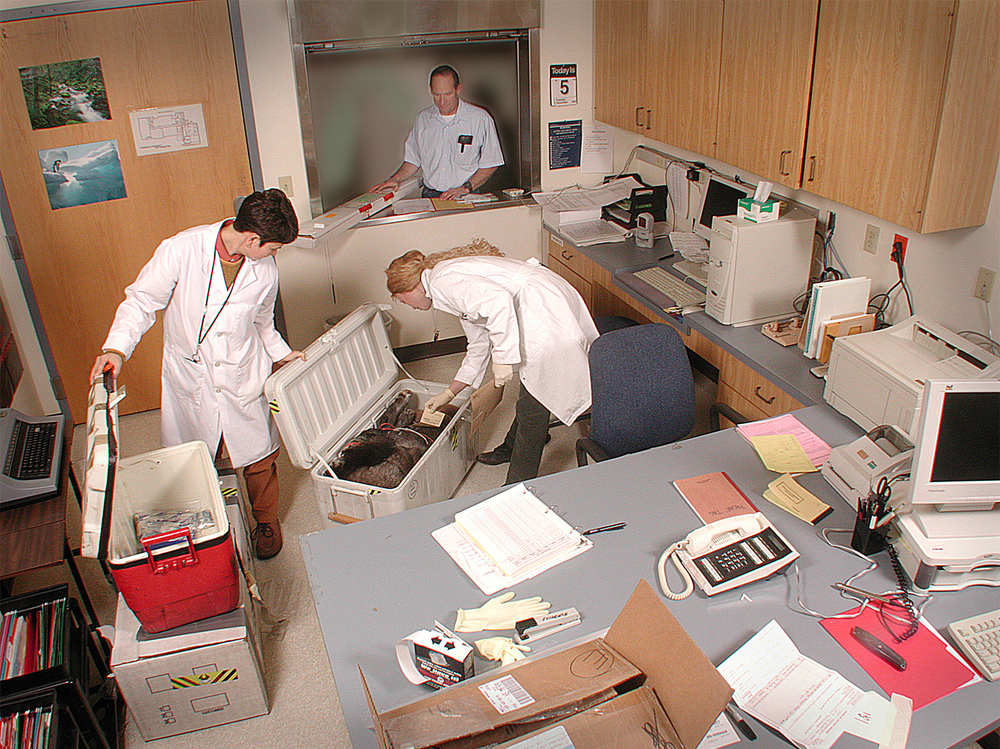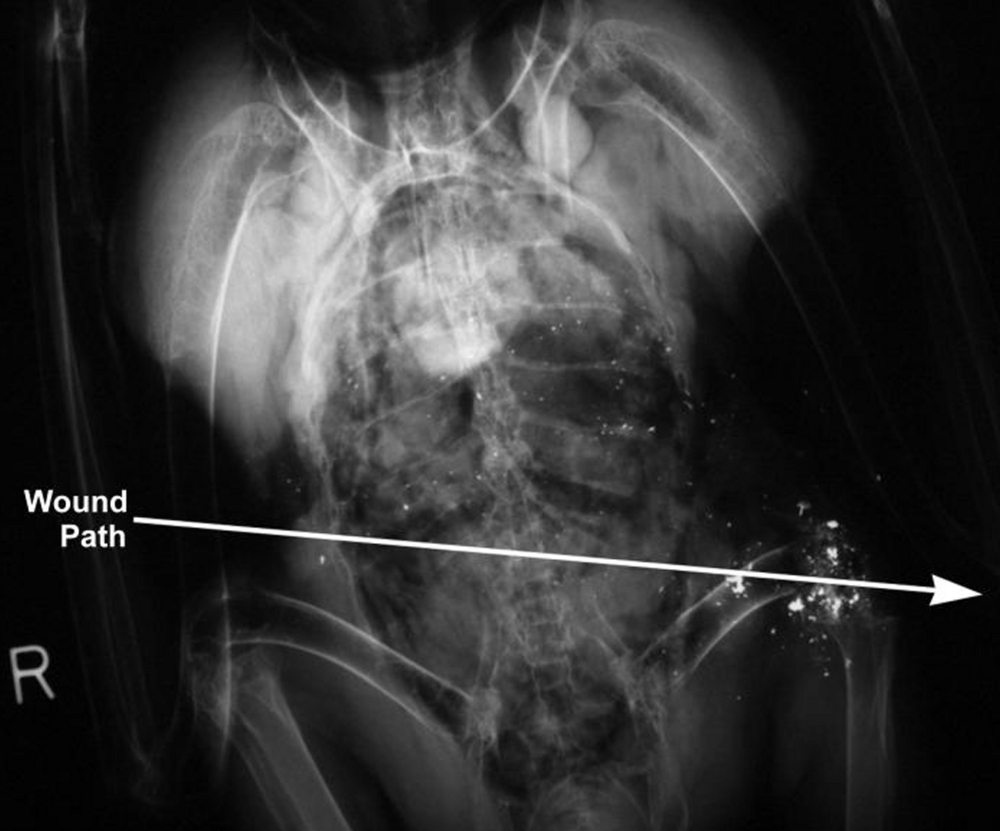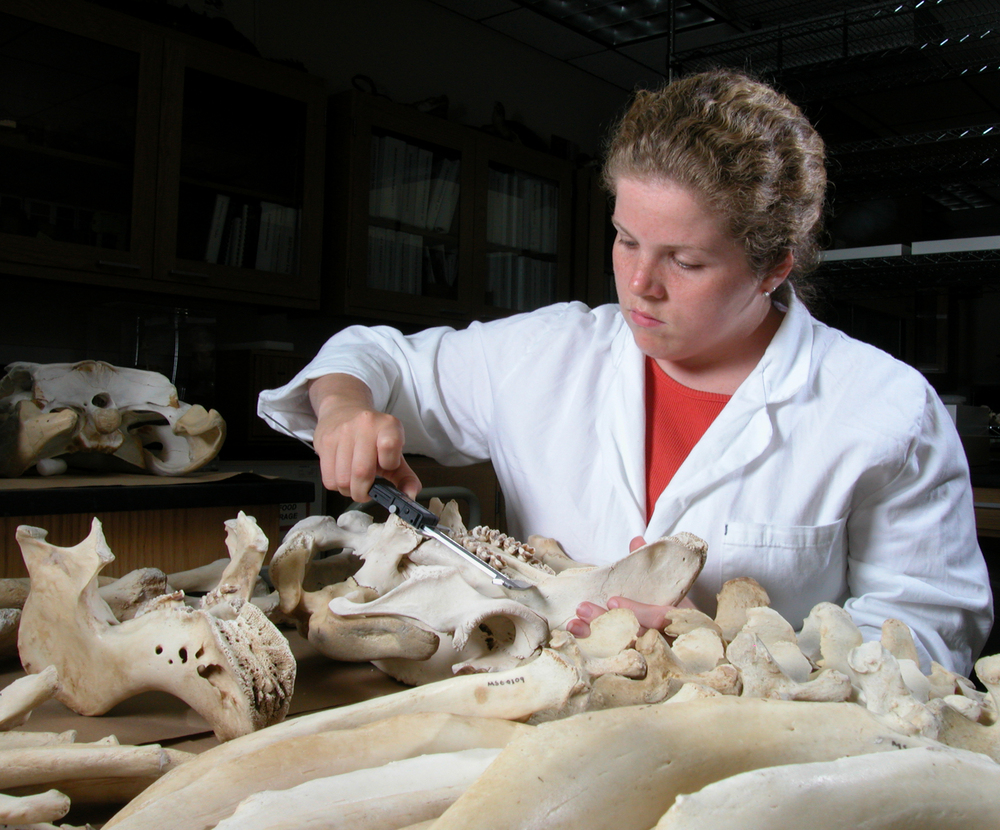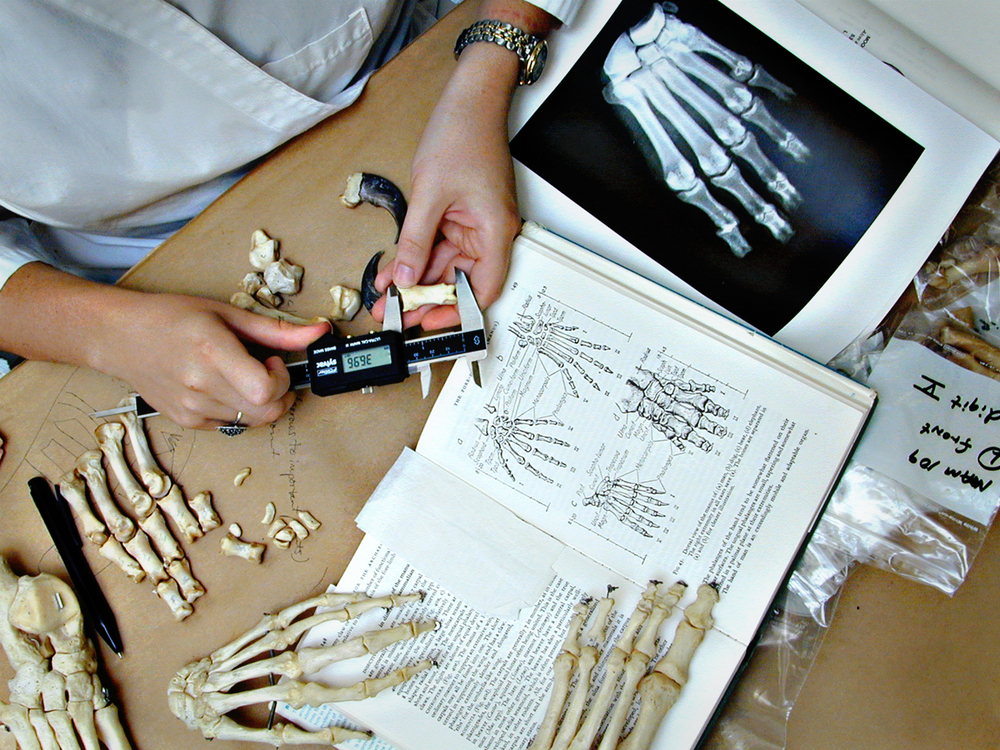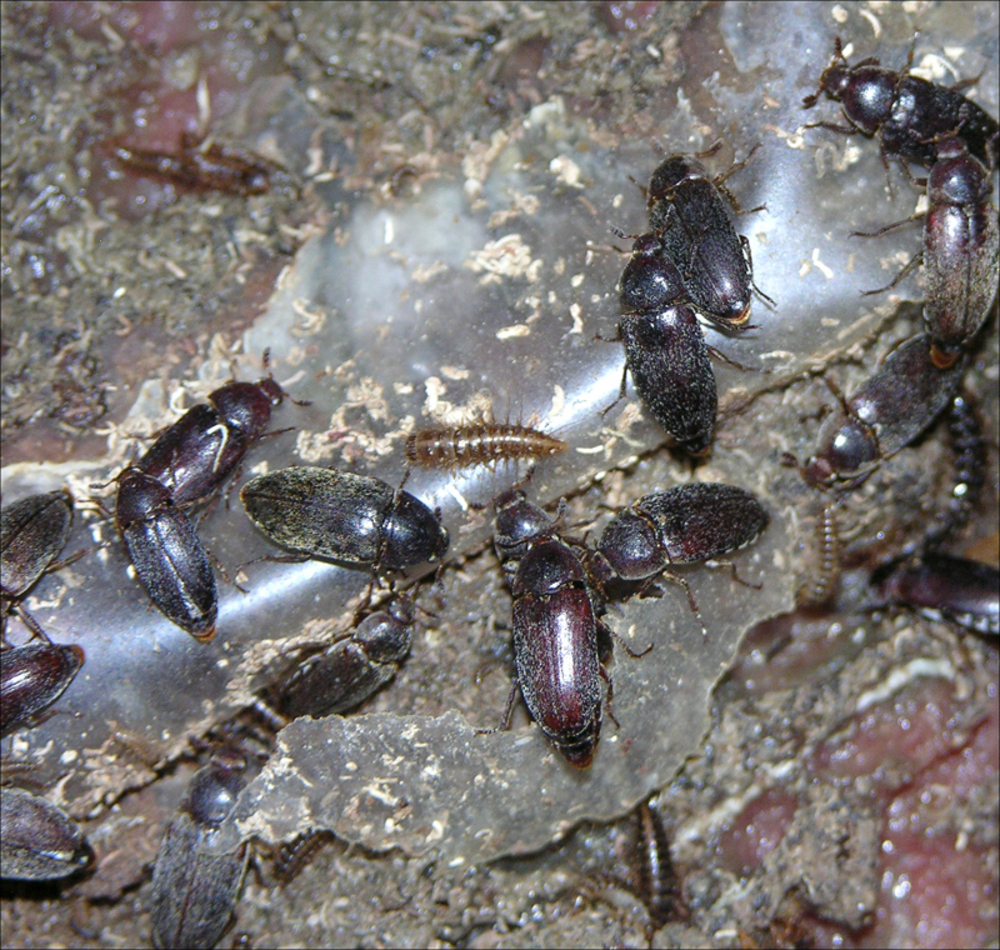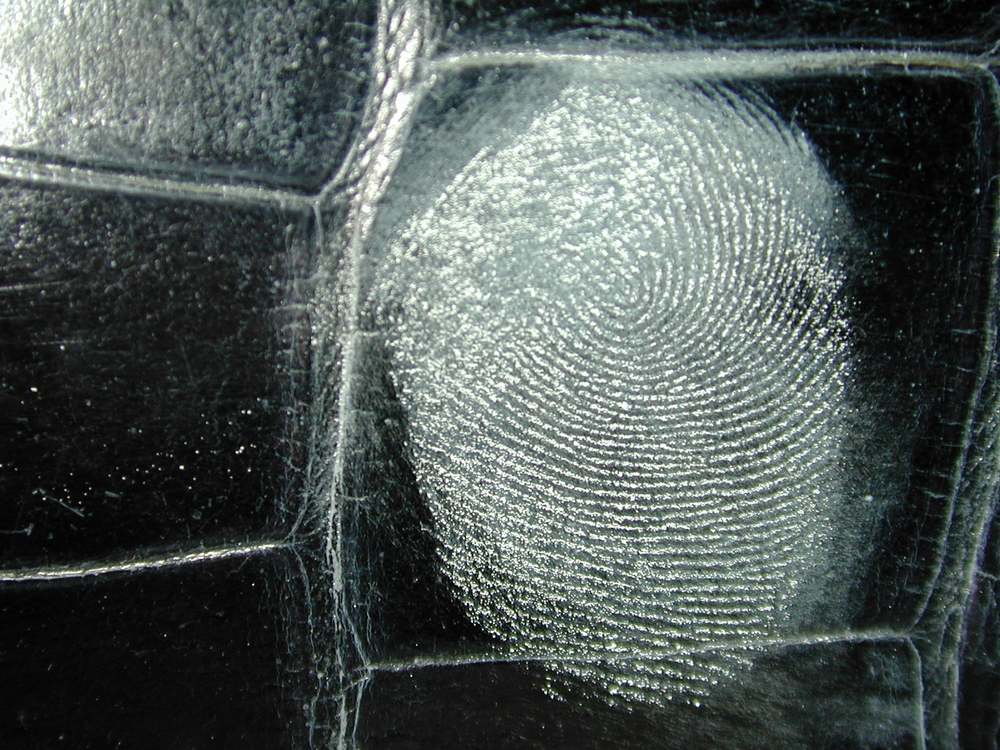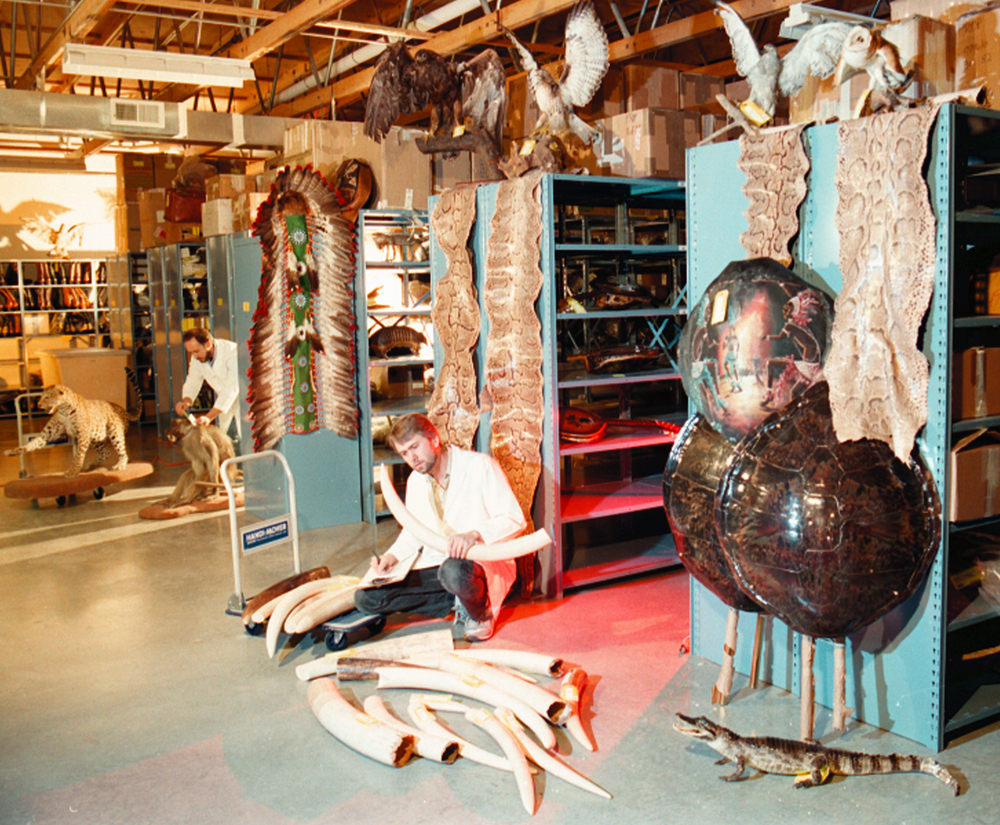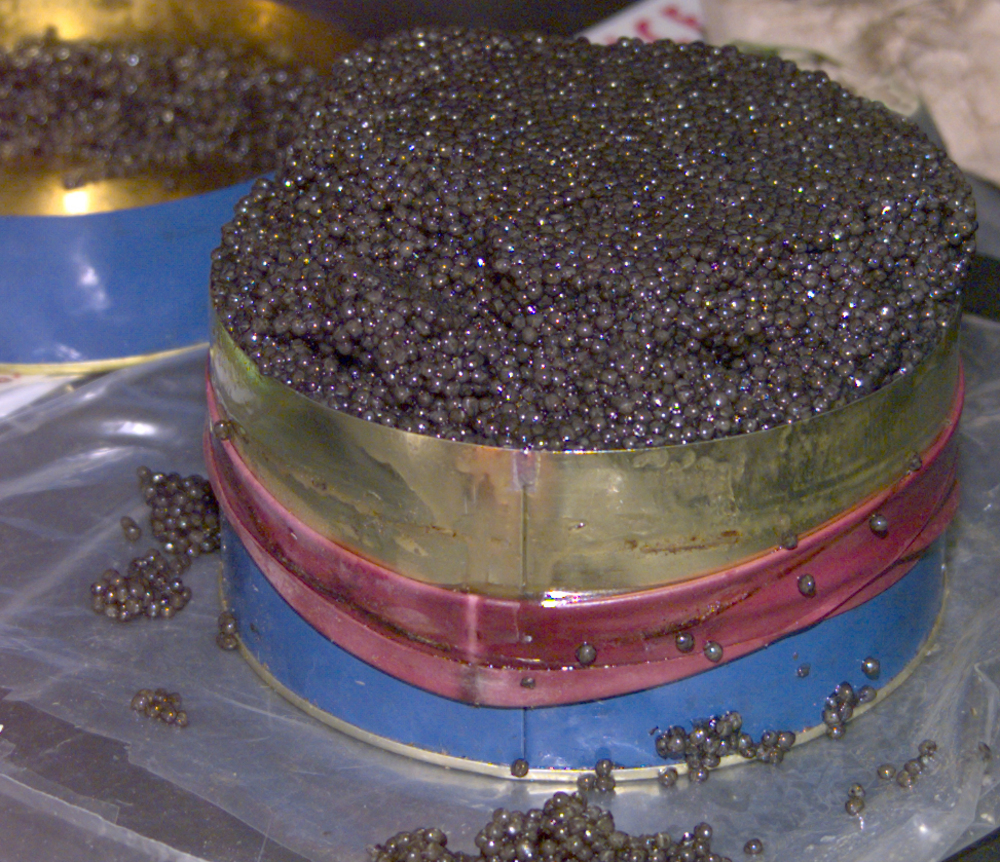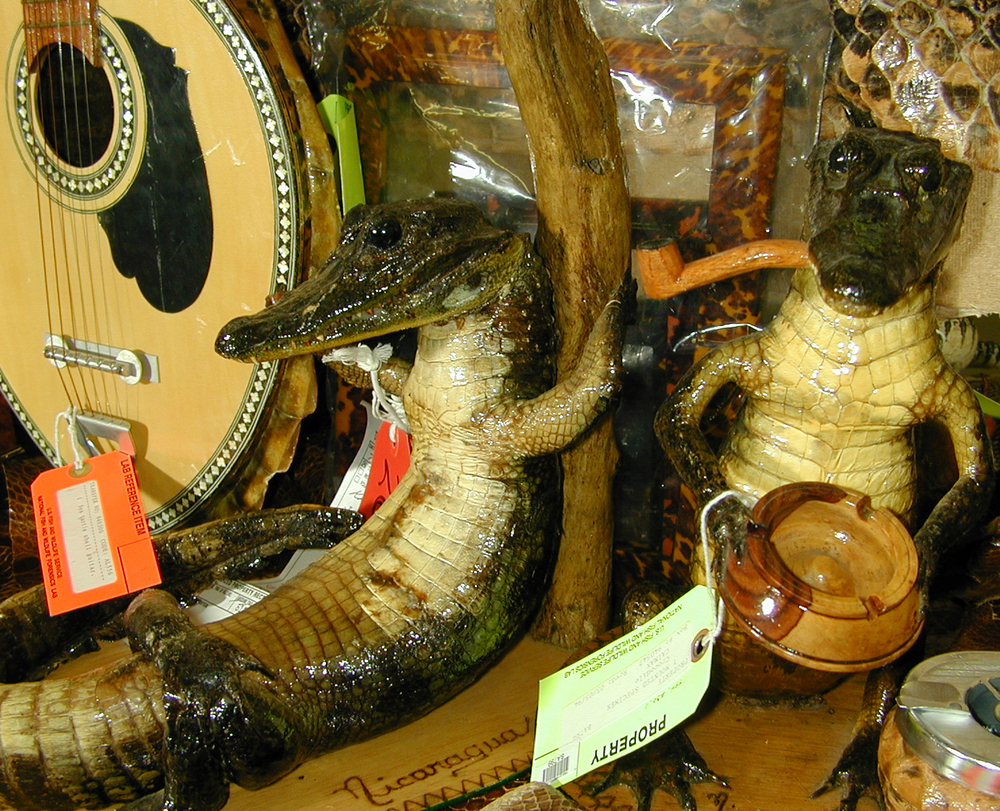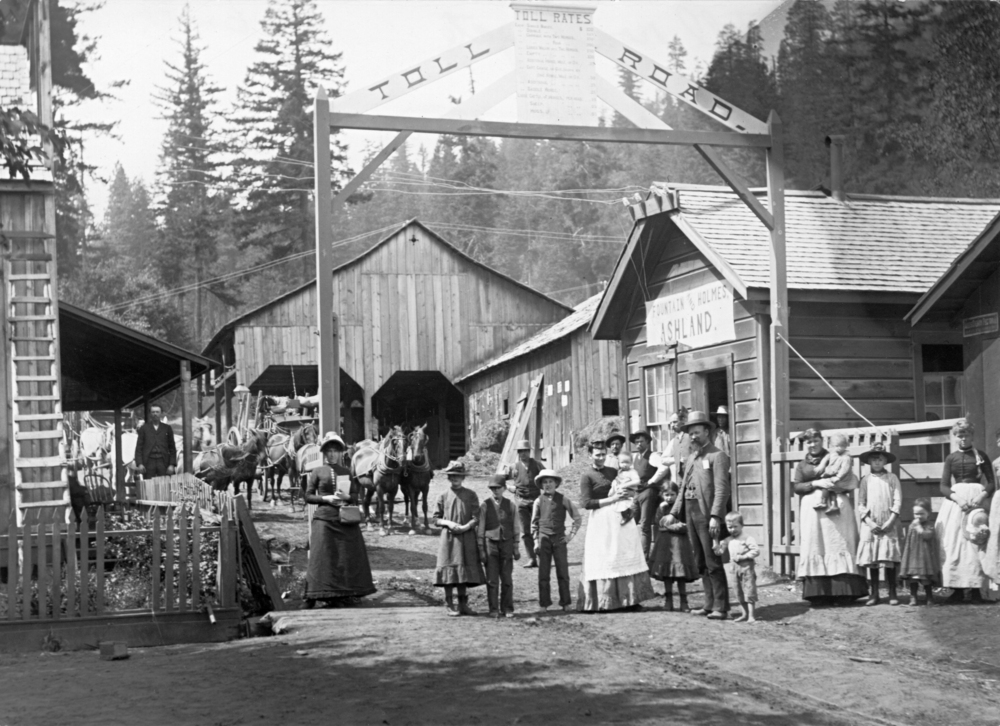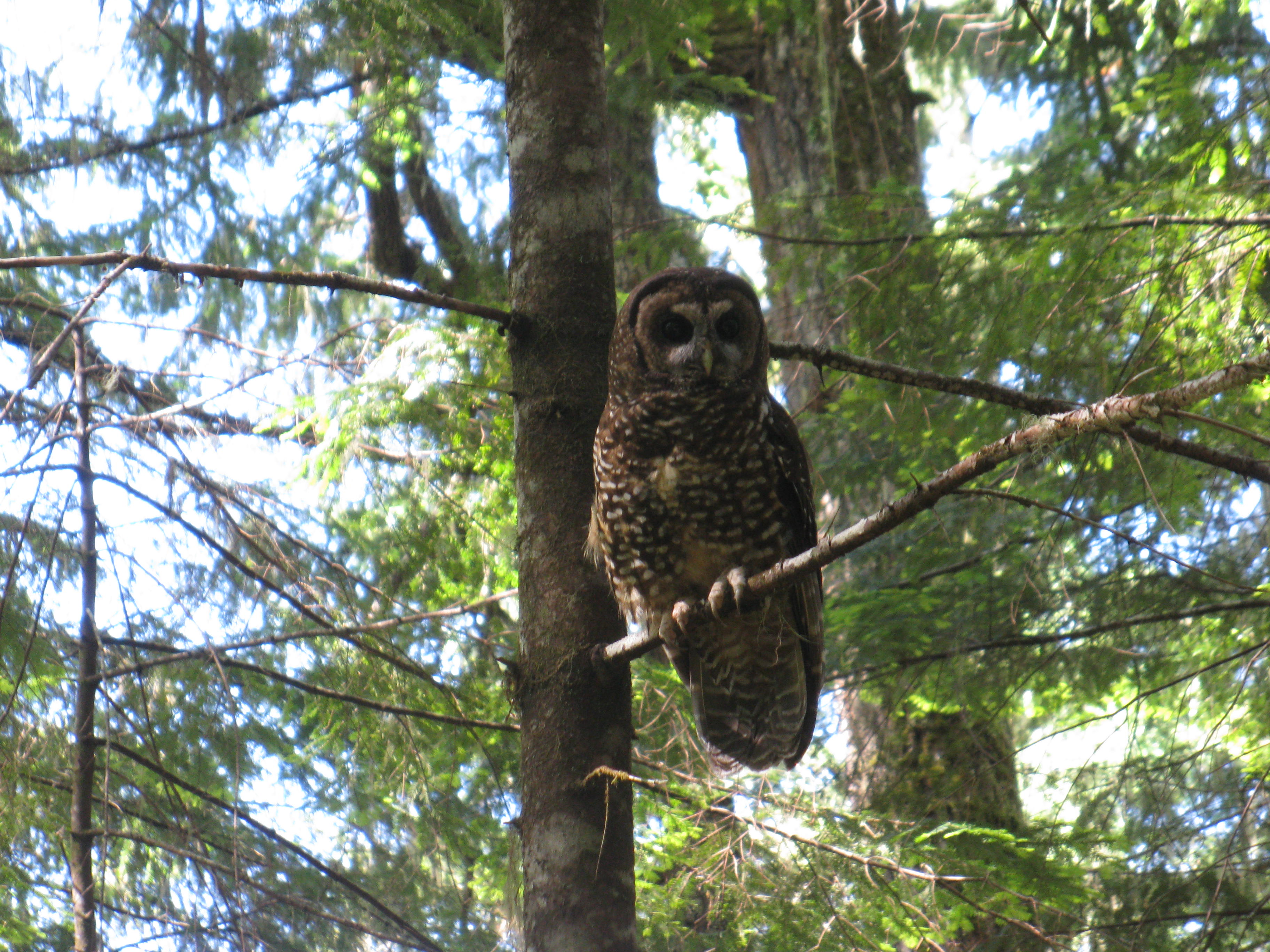Who nailed a protected spotted owl to a park sign? Are ivory tusks from modern elephants or Ice Age mammoths? Are fish eggs sold as caviar actually from a sturgeon, or are they really from a paddlefish? Did a dried penis sold as an aphrodisiac come from a tiger or from some other animal? These are just some of the mysteries that end up at a very unusual laboratory in Ashland.
The U.S. Fish and Wildlife Forensics Laboratory is the world's only full-service police laboratory specializing in wildlife forensics. It supports the work of enforcement agents and inspectors who protect threatened and endangered species; who prosecute illegal hunting, poaching, and smuggling; and who investigate multi-billion dollar international black-market criminal enterprises trading in hides, skins, eggs, organs, and other wildlife specimens.
The 40,000-square-foot lab employs scientists and technicians working in genetics, morphology, pathology, criminalistics, and the analysis of electronic evidence. These men and women determine the causes of an animal's death and connect suspects to crime scenes. And while some work is the traditional forensic science of analyzing fingerprints, ballistics, and weapons, the lab also works extensively with blood, hair, feather, hides, and other biological material from animals.
In order to identify species and habitats, the lab maintains a large bank of tissue samples and has created a genetic database of wildlife DNA identifiers. Scientists use specialized techniques to identify species by comparing antibodies and blood proteins, or by using infrared spectroscopy or electron microscopy. One famous case early in the lab's history involved using electron microscopy to distinguish modern elephant ivory, which is illegal to trade, from ancient mammoth ivory, which can be traded.
In addition to the wide assortment of scientific equipment and samples, the Forensics Laboratory houses evidence and specimen collections and even a colony of flesh-eating beetles used to clean carcasses. Until 1995, the lab was also home to the National Eagle Repository, where the bodies of bald and golden eagles were stored before being distributed to Native American tribes who use them for religious purposes.
The Forensics Laboratory also helps identify illegal logging, which has an impact on the environment, funds organized crime, and hurts legal timber management. The lab analyzes the unique chemical fingerprints of trees. Using a mass spectrometer, investigators weigh the molecules of an unknown wood and match them to reference specimens in the lab’s database. A thirty-foot mobile lab, called The Woodshed, is used to travel to seaports and airports where investigators determine species of protected timber to make the legal timber trade more efficient and to stop the illegal importation of protected trees.
The U.S. Fish and Wildlife Forensics Laboratory has been headed since its inception by Ken Goddard—who is also a successful writer of crime novels—and has grown from an original staff of ten to about thirty. The lab received accreditation status from the American Society of Crime Lab Directors/Laboratory Accreditation Board in 1997 and a year later became the official crime lab of the Wildlife Working Group of Interpol and the Convention on International Trade in Endangered Species. The lab is not open to the public.
The lab officially opened in 1989 in a 23,000-square-foot building on the Southern Oregon University campus. In 1991, it was named the Clark R. Bavin National Fish & Wildlife Forensic Laboratory. A 17,000-square-foot addition was completed in 2008, with expanded and upgraded labs, an airtight bug room for the flesh-eating beetles, and an outdoor forensics garden that doubles as its homeland security barrier.
-
![U.S. Fish & Wildlife Service Forensics Laboratory.]()
USFWS Forensics Lab sign.
U.S. Fish & Wildlife Service Forensics Laboratory. Courtesy U.S. Fish & Wildlife Service Forensics Laboratory
-
![U.S. Fish & Wildlife Service Forensics Laboratory.]()
USFWS Forensics Lab building.
U.S. Fish & Wildlife Service Forensics Laboratory. Courtesy U.S. Fish & Wildlife Service Forensics Laboratory
-
![Examining a dead cougar at the USFWS Forensics Lab.]()
USFWS Forensics Lab, analyzing cougar.
Examining a dead cougar at the USFWS Forensics Lab. Courtesy U.S. Fish & Wildlife Service Forensics Laboratory
-
![Examining an arrow wound at the USFWS Forensics Lab.]()
USFWS Forensics Lab, arrow wound exam.
Examining an arrow wound at the USFWS Forensics Lab. Courtesy U.S. Fish & Wildlife Service Forensics Laboratory
-
![Bullet comparison at the USFWS Forensics Lab.]()
USFWS Forensics Lab, bullet comparison.
Bullet comparison at the USFWS Forensics Lab. Courtesy U.S. Fish & Wildlife Service Forensics Laboratory
-
![Determining cause of death at the USFWS Forensics Lab.]()
USFWS Forensics Lab, cause of death.
Determining cause of death at the USFWS Forensics Lab. Courtesy U.S. Fish & Wildlife Service Forensics Laboratory
-
![Antler comparison at the USFWS Forensics Lab.]()
USFWS Forensics Lab, antler comparison.
Antler comparison at the USFWS Forensics Lab. Courtesy U.S. Fish & Wildlife Service Forensics Laboratory
-
![Analyzing audio at the USFWS Forensics Lab.]()
USFWS Forensics Lab, audio analysis.
Analyzing audio at the USFWS Forensics Lab. Courtesy U.S. Fish & Wildlife Service Forensics Laboratory
-
![Conducting chemical analysis at the USFWS Forensics Lab.]()
USFWS Forensics Lab, chemical analysis.
Conducting chemical analysis at the USFWS Forensics Lab. Courtesy U.S. Fish & Wildlife Service Forensics Laboratory
-
![Analyzing seized computers at the USFWS Forensics Lab.]()
USFWS Forensics Lab, computer seizure analysis.
Analyzing seized computers at the USFWS Forensics Lab. Courtesy U.S. Fish & Wildlife Service Forensics Laboratory
-
![DNA testing at the USFWS Forensics Lab.]()
USFWS Forensics Lab, DNA analysis.
DNA testing at the USFWS Forensics Lab. Courtesy U.S. Fish & Wildlife Service Forensics Laboratory
-
![USFWS Forensics Lab evidence unit.]()
USFWS Forensics Lab, evidence unit.
USFWS Forensics Lab evidence unit. Courtesy U.S. Fish & Wildlife Service Forensics Laboratory
-
![Wolf x-ray at the USFWS Forensics Lab.]()
USFWS Forensics Lab, wolf x-ray.
Wolf x-ray at the USFWS Forensics Lab. Courtesy U.S. Fish & Wildlife Service Forensics Laboratory
-
![X-ray of animal wound path at the USFWS Forensics Lab.]()
USFWS Forensics Lab, wound path x-ray.
X-ray of animal wound path at the USFWS Forensics Lab. Courtesy U.S. Fish & Wildlife Service Forensics Laboratory
-
![Skull comparison at the USFWS Forensics Lab.]()
USFWS Forensics Lab, skull comparison.
Skull comparison at the USFWS Forensics Lab. Courtesy U.S. Fish & Wildlife Service Forensics Laboratory
-
![Measuring bones at the USFWS Forensics Lab.]()
USFWS Forensics Lab, measuring bones.
Measuring bones at the USFWS Forensics Lab. Courtesy U.S. Fish & Wildlife Service Forensics Laboratory
-
![The Perceptron Laser Scanning Probe at the USFWS Forensics Lab.]()
USFWS Forensics Lab, Perceptron Laser.
The Perceptron Laser Scanning Probe at the USFWS Forensics Lab. Courtesy U.S. Fish & Wildlife Service Forensics Laboratory
-
![Dermestid beetles clean bones at the USFWS Forensics Lab.]()
USFWS Forensics Lab, Dermestid Beetles.
Dermestid beetles clean bones at the USFWS Forensics Lab. Courtesy U.S. Fish & Wildlife Service Forensics Laboratory
-
![Fingerprint collected at the USFWS Forensics Lab.]()
USFWS Forensics Lab, fingerprint.
Fingerprint collected at the USFWS Forensics Lab. Courtesy U.S. Fish & Wildlife Service Forensics Laboratory
-
![Seized materials at the USFWS Forensics Lab.]()
USFWS Forensics Lab, wildlife products.
Seized materials at the USFWS Forensics Lab. Courtesy U.S. Fish & Wildlife Service Forensics Laboratory
-
![Seized materials at the USFWS Forensics Lab: Reptile products: Tin of caviar.]()
USFWS Forensics Lab, caviar tin.
Seized materials at the USFWS Forensics Lab: Reptile products: Tin of caviar. Courtesy U.S. Fish & Wildlife Service Forensics Laboratory
-
![Seized materials at the USFWS Forensics Lab: Ivory.]()
USFWS Forensics Lab, ivory products.
Seized materials at the USFWS Forensics Lab: Ivory. Courtesy U.S. Fish & Wildlife Service Forensics Laboratory
-
![Seized materials at the USFWS Forensics Lab: Medicines made from tiger products.]()
USFWS Forensics Lab, medications from tigers.
Seized materials at the USFWS Forensics Lab: Medicines made from tiger products. Courtesy U.S. Fish & Wildlife Service Forensics Laboratory
-
![Seized materials at the USFWS Forensics Lab: Reptile products.]()
USFWS Forensics Lab, reptile products.
Seized materials at the USFWS Forensics Lab: Reptile products. Courtesy U.S. Fish & Wildlife Service Forensics Laboratory
-
![Seized materials at the USFWS Forensics Lab: Shahtoosh shawl woven from Tibetan antelope fur.]()
USFWS Forensics Lab, shahtoosh.
Seized materials at the USFWS Forensics Lab: Shahtoosh shawl woven from Tibetan antelope fur. Courtesy U.S. Fish & Wildlife Service Forensics Laboratory
Related Entries
-
![Ashland]()
Ashland
Ashland, a city of 21,360 people in Jackson County, is situated in the …
-
![Northern Spotted Owl]()
Northern Spotted Owl
Natural History The northern spotted owl (Strix occidentalis caurina),…
-
![Southern Oregon University]()
Southern Oregon University
The origins of Southern Oregon University, situated on a leafy hillside…
Map This on the Oregon History WayFinder
The Oregon History Wayfinder is an interactive map that identifies significant places, people, and events in Oregon history.
Further Reading
Neme, Laura. Animal Investigators: How the World's First Wildlife Forensics Lab Is Solving Crimes and Saving Endangered Species. Scribner, 2009.
Murphy, Michael and Laura Murphy. "CSI Wildlife." Landscape Architecture (Dec. 2007), 48-52.
Neme, Laura. Animal Investigators: How the World's First Wildlife Forensics Lab Is Solving Crimes and Saving Endangered Species. Scribner, 2009.
Shute, Nancy. "The lab sleuths who help solve crimes against wild animals." Smithsonian Magazine (March 1992), 40-48.

